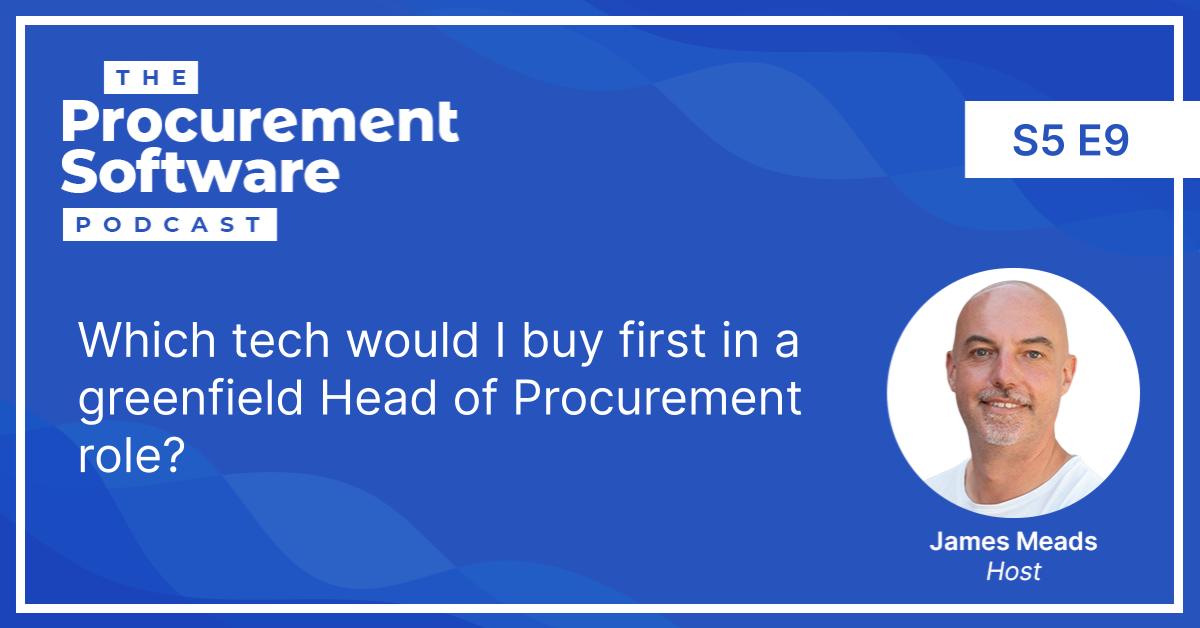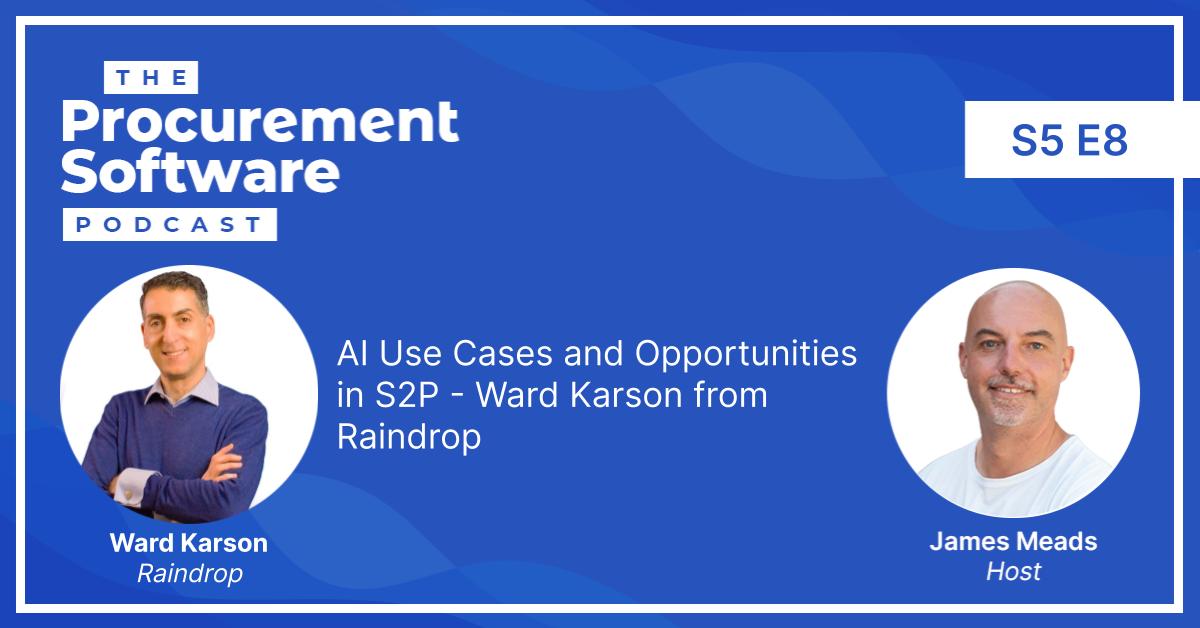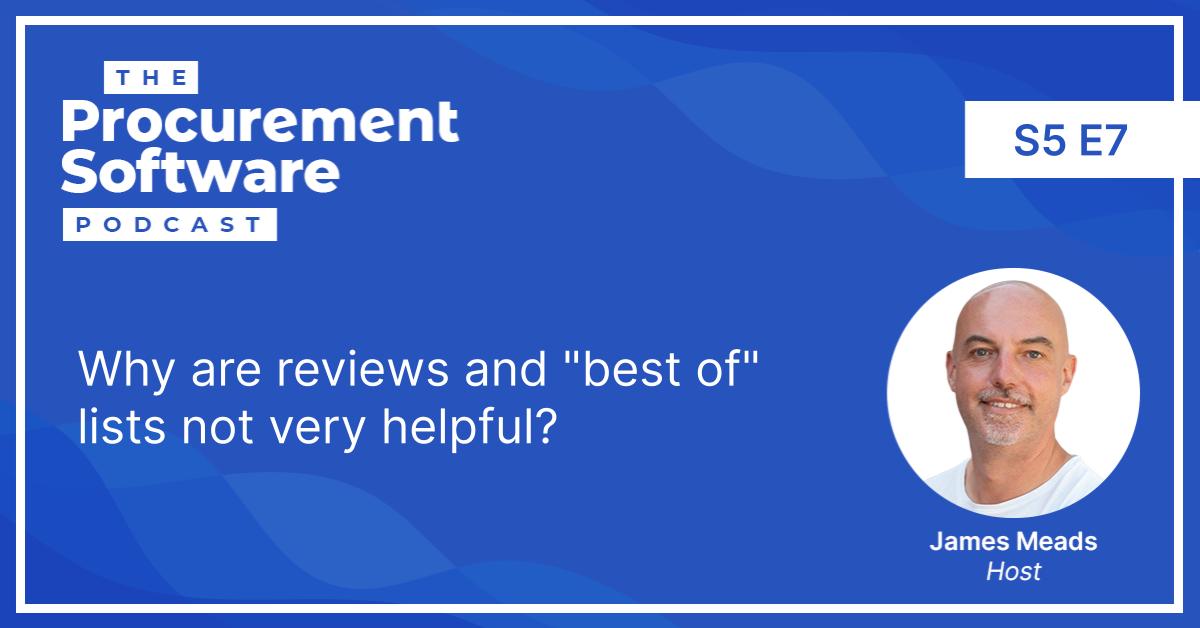We’re back with part 2 of a 3 part series of live episodes recorded at Procurement Summit in Berlin on 29 and 30 September 2021.
Each podcast features a different theme, focusing on some of the newer, less well-known startups who pitched and exhibited during the summit to bring awareness to some of the exciting new players out there who have a bright future.
Hot Digital Procurement Startups which Utilise AI and Game Theory to Deliver their Solution
This episode is all about startups who heavily feature AI or game theory as part of their experience and solution.
Pactum
My first guest is Fabio Herle from Pactum.
Pactum leverages AI and game theory to automate negotiations. Quite a bold claim to automate something that many procurement professionals have spent their whole careers trying to refine, improve and perfect!
Fabio explains how the German-speaking area of Europe offers both challenges and advantages in equal measure. On the one hand, Procurement is a fairly mature function and there are some world class companies, procurement functions and well-managed processes. On the other hand, it’s a more conservative business culture where resistance to change can be quite common.
While Pactum was founded in Estonia, they are actually headquartered in the US. Not because of investment but due to ease of customer acquisition in relation to Europe’s largest markets.
So, what can it do, and what are its limitations?
Fabio goes on to explain that Pactum is not able to replace a human in a complex negotiation which requires preparation, emotional intelligence and the need to maintain a strategic relationship with a critical vendor.
Instead, Pactum focuses on automating negotiations for tactical purchases where it may not be the best use of a procurement professional’s time, or where the spend would not have been previously managed by anyone in the procurement team because of the value of the transaction.
NDAs and simple payment terms “horsetrading” are two examples which Fabio cites as being prime opportunities where Pactum can add value.
The goal is that over time, it will be able to handle more complex negotiations as the AI matures. The example of being able to give counter offers and counter proposals, in a proper trading style negotiation, is an area where Fabio explains is part of Pactum’s plans as the tool matures.
Another advantage of using a machine is that it never forgets any of the details!
This is definitely one to watch and a rapidly scaling company.
MySupply
Next up is Andreas Zimmermann, CEO of MySupply.
This is an e-sourcing tool, looking at some of the more tactical areas of sourcing. Whereas most e-sourcing tools tend to focus on strategic sourcing for highly complex tenders, MySupply focuses on the more straightforward sourcing requirements.
The specific USP of MySupply is the engine behind the tender which guides it towards the right strategy e.g. should it be an auction, 3-bids-and-a-buy, simple RFP etc.
Whereas it is primarily aimed at smaller and medium-sized businesses to provide a way to affordably bring more spend under control and negotiate with suppliers that otherwise would have been unmanaged, it also functions for larger businesses too for any sourcing requirements that are not complex.
As with Pactum, this focuses on a problem that is coming more and more to the forefront. Namely, that Procurement often does not have the resources to get involved in non-strategic spend, but would like to get the savings or cost avoidance from being able to deal with this in a more automated and hands-off way.
We talk about existing tools for e-sourcing and auctions, especially the more established players, not being intuitive or user-friendly. Moreover, these tools also don’t really show or guide users towards the types of sourcing events appropriate for each specific sourcing request.
I ask Andreas about their pricing model because they are very transparent with their pricing on their website, and compared to other solutions it’s an affordable tool.
He explained that the model is to encourage users to trial the software first with complete transparency of the pricing leading into a pilot phase.
Andreas mentions that for growth they will initially concentrate on the German market but as a next logical step, it will be the wider European market and then in North America.
Lhotse
Our final interview on this episode is with Henning Hatje from Lhotse, who also was my guest on episode 5 of the Procuretech Podcast.
Henning came to the interview right after Lhotse was announced as runner-up in the startup pitch competition the previous day, so congratulations!
Lhotse is a tactical sourcing solution which uses big data and AI to make sense of all the historical requisition and PO data on the customer’s side, as well as databases that Lhotse taps into externally to additionally provide potential sources of supply for the goods or service to be purchased.
Similar to the other solutions featured on this episode, Lhotse seeks to save time and resources for procurement and enable more spend to be brought under management through shortening the source-to-PO journey.
There is so much hidden time spent on tactical purchases within all procurement teams that is not really recognised or acknowledged. Whether it’s looking at market data, supplier data, communicating with suppliers, switching systems etc.
The benefit is not only the time-saving function for procurement, however. By utilising a digital tool to bring all of this data and spend into one user-friendly interface, it also enables more spend to be managed which would otherwise have gone under the radar.
As Henning mentions, a poor user experience (UX) often means that goods and services are purchased by stakeholders who bypass the official procurement process. Whether it’s purchasing on company credit cards or after-the-fact POs, it affects a company’s cash flow and quality of spend data.
Lhotse’s goal is to give stakeholders the UX they need to be able to use the tool without really needing any training.
We talk a little about the self-service procurement model going forward, and how procurement can follow Ikea’s model of self-service and guided buying.
The obvious benefit of bringing this data into one space and having more spend under control and managed is then the possibilities it brings to drive supplier consolidation, ultimately driving more savings and value through channeling more spend through preferred vendors.


